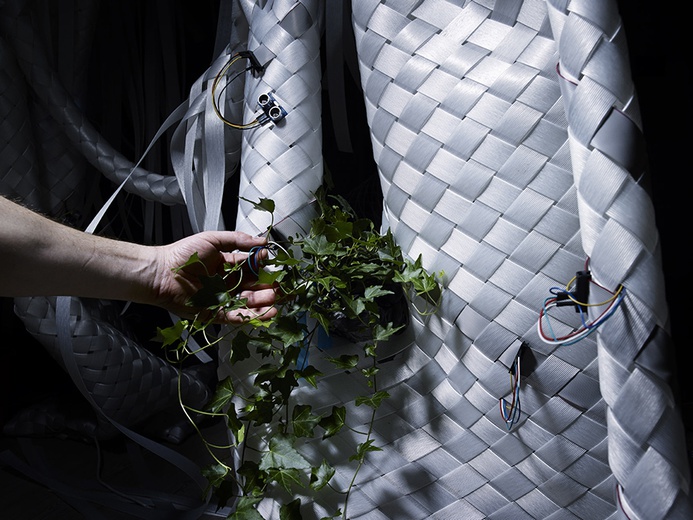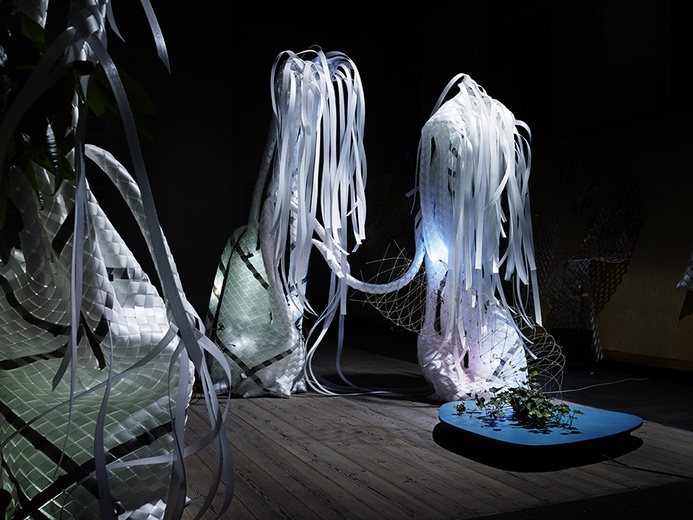Tech Project
Description of the challenges faced by the Tech Project
Flora Robotica is a 4-year project funded under the EU-Horizon 2020 Future and Emerging Technologies Proactive Action. The project runs from April 2015 – March 2019. The project’s objective is to develop and investigate closely linked symbiotic relationships between robots and natural plants and to explore the potentials of a plant-robot society able to produce architectural artefacts and living spaces. Flora Robotica responds to the work-programme theme ‘Knowing, doing and being: cognition beyond problem-solving’, the goal of which is to establish new foundations for future robotics and other artificial cognitive systems with clear progress beyond current capabilities and design concepts. The project assembles a highly cross-disciplinary team drawn from the fields of Computer Science, Robotics, Molecular and Cellular Biology, Zoology, Advanced Mechatronics & Environmental Sensing and Architecture.
Brief description of technology
We develop braiding robots, robotic nodes, and intelligent filaments. Braided structures are a key element in the project; they serve as scaffolds for natural plants. The braiding robots are small and modular robots that are able to automatically braid sophisticated structures, such as tree-like scaffolds. They are controlled by bio-inspired algorithms that determine where to branch and grow. The robotic nodes are small and static robots that interact with plants by light and sensors. They are able to attract and repel plants to grow desired shapes. The intelligent filaments are equipped with actuators and sensors and can be woven into the braids to create a distributed sensor array and distributed computer.
What the project is looking to gain from the collaboration and what kind of artist would be suitable
We are very open for new ideas and hope for an artistic transfer in the context of exploiting plants to grow desired shapes and forms, using different light spectra to influence plants, and exploring the many possibilities of braiding combined with intelligent filaments. The artist’s work could reflect on general concepts, such as bio-hybrid systems, green infrastructure, or green cities. Our methods can also be applied to urban and vertical gardening, which opens up options to discuss the role of a modern citizen living in an ever growing city. Our flora robotica system is supposed to interact with human beings; hence, one could explore the possibilities of human-plant-robot interactions.
Resources available to the artist
At all possible locations (Uni Luebeck, ITU, CITA), there are well-equipped facilities in terms of tools and materials. Appropriate office space will be made available. Access to the Internet, robotic labs, workshops, etc. will be available. We are very open for a close collaboration of the artist with the PhD students, postdocs, and professors working on the project. Travel between Luebeck and Copenhagen and/or to project meetings can be funded if required.



